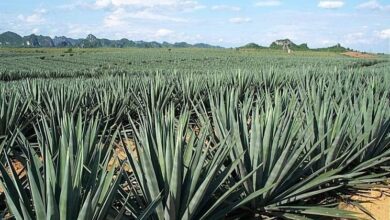The mesembriantemo
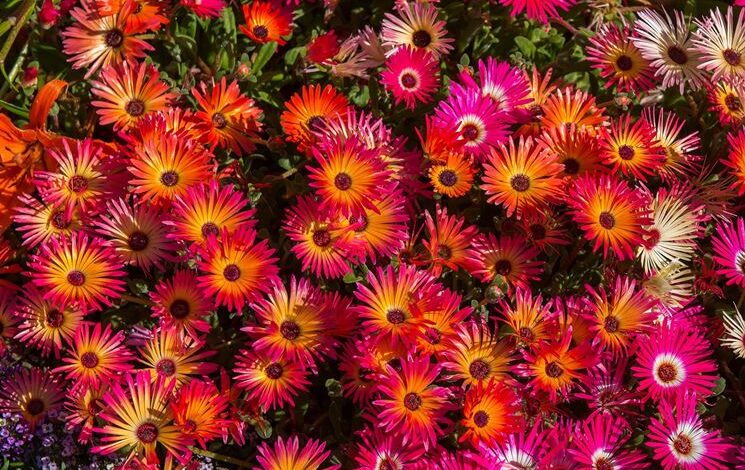
Water the mesembriantemo
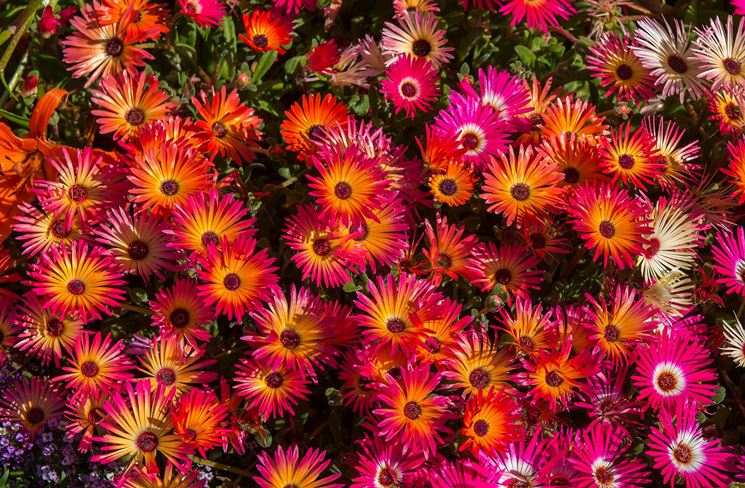
Belonging to the Aizoaceae family, the mesembriantemoit is a perennial plant, but due to its lack of robustness, as it cannot bear temperatures below -5 ° C, it is cultivated as an annual, with the exception of the South and coastal areas. It forms a beautiful large flower between May and October. The smaller varieties can grow in a rock garden or form a flowering border. The flowers, carried by solitary stems, have different colors. The leaves are bright green, a little hairy. In the garden it is necessary to provide it with a well-drained soil, possibly sandy. If the soil tends to be clayey, a couple of shovels of sand will be mixed before sowing or planting. Then, two shovelfuls of compost or soil for flowering plants will be added. It is good to foresee 7 or 8 plants per square meter. In pot, you will mix soil for flowering plants, with a little of garden land. This less rich environment will avoid excessive foliage development, to the detriment of flowering. A 25 cm vase. in diameter it will house a plant. The mesembriantemo is planted in spring, in April or May, depending on the region, when there is no more risk of frost.
Fertilize the mesembriantemo
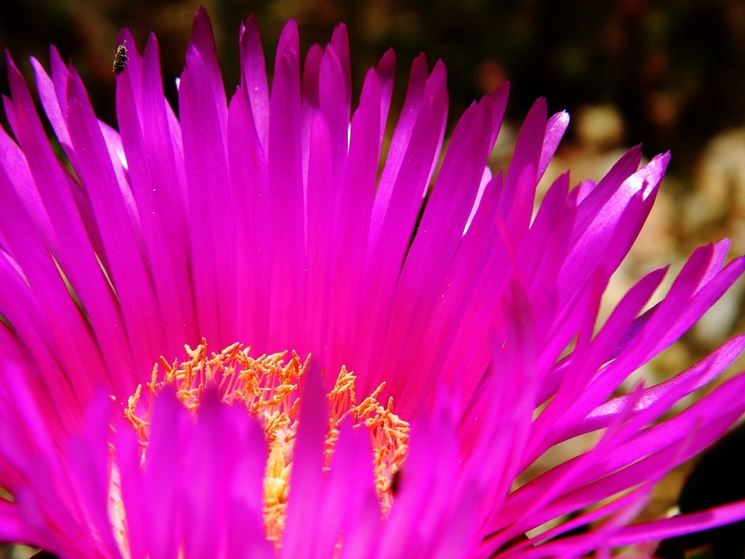
From spring to autumn, a special fertilizer for flowering plants, such as a 15-15-18 NPK, added to the irrigation water, should be applied to the mid-season every 15 days. A contribution of potassium and phosphorus is important. This will prolong flowering. You can also opt for the use of one or two slow-release fertilizer cones, applied in the ground: for example a 14-14-14 NPK for plant nutrition. The best results will be obtained if iron and manganese are also present in the fertilizer, two nutrients often lacking in the plant. Adding compost is also useful. In winter, irrigation will be reduced, stopping the use of fertilizers. In any case, it is essential to always follow the indications on the dosage and method of application, reported in the
The mesembrianthus: Cure of exposure and diseases of the mesembrianthum
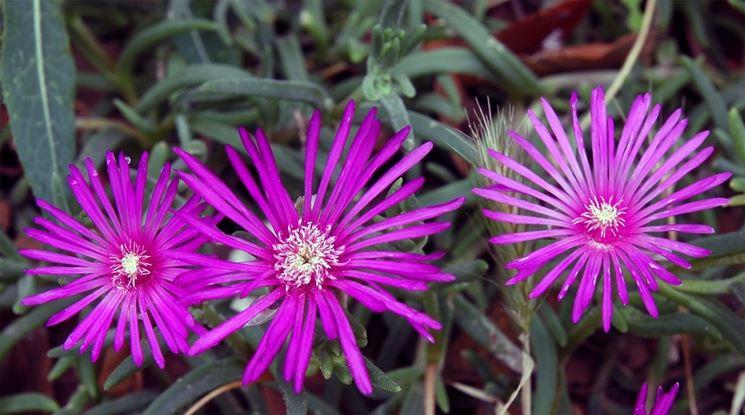
The mesembriantemo requires maximum light and sunny exposure to grow, but above all to thrive. It is particularly resistant to insects, parasites and diseases in general. However, the presence of spots on the leaves indicates a mold attack, possibly due to too much water. In this case, care must be taken to water directly at the foot of the plants, without wetting the foliage and to maintain sufficient spacing between one stem and the other. Excess water always causes brown rot that affects the roots, causing yellowing and drying of the leaves. More rarely, the mesembriantemo can be affected by aphids or whiteflies. It can be treated with a bioinsecticide in case of heavy infestations. Snails can also be a danger.




